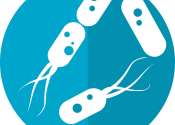Establishing the molecular blueprint of early embryo development
A team of biologists, physicists and mathematical modellers in Cambridge have studied the genetic activity of over 100,000 embryonic cells to establish the molecular blueprint of mouse early embryo development. This new research ...









